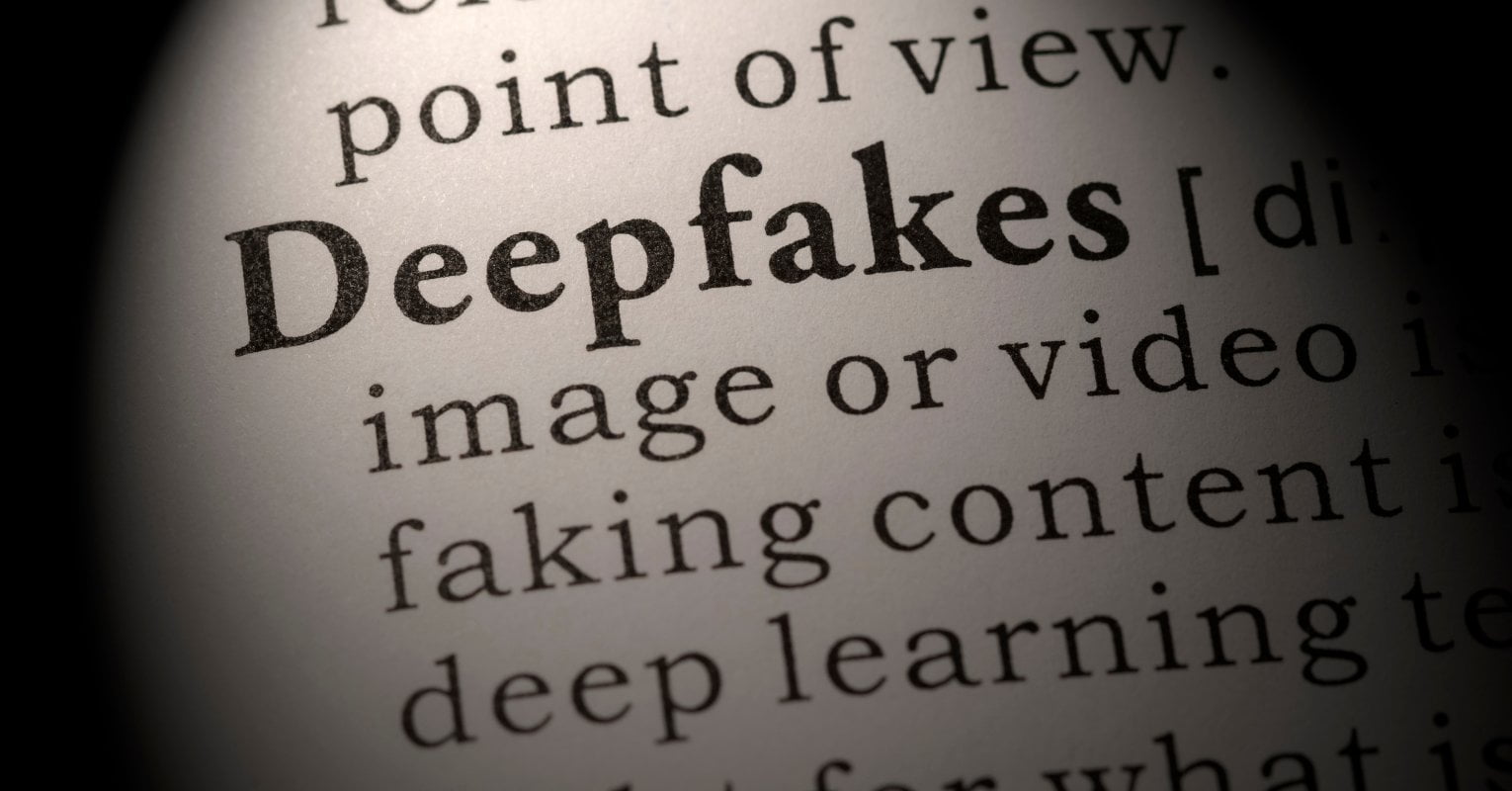Deepfake AI is a rapidly evolving technology that allows users to create realistic and convincing videos of people saying or doing things they never actually said or did. This technology has the potential to be used for both good and bad purposes, and it is important to be aware of both the risks and the benefits of deepfake AI.
How Does Deepfake AI Work?
Technology is based on a technique called deep learning. Deep learning is a type of machine learning that uses artificial neural networks to learn from data. In the case of deepfake AI, the data is a large set of images and videos of a person’s face. The deep learning algorithm analyzes these images and videos to learn the unique features of the person’s face. Once the algorithm has learned these features, it can be used to create a new video of the person saying or doing anything the user wants.
What Are the Risks of Deepfake AI?
The biggest risk of deepfake AI is that it can be used to create fake news and propaganda. For example, a deepfake video could be created that shows a politician saying something they never actually said. This could be used to damage the politician’s reputation or to influence an election.
Another risk of deepfake AI is that it could be used to commit identity theft. For example, a deepfake video could be created that shows someone’s face making a fraudulent purchase. This could be used to steal the person’s identity and financial information.

What Are the Benefits of Deepfake AI?
Deepfake AI also has some potential benefits. For example, it could be used to create realistic and engaging educational content. For example, a deepfake video could be created that shows a historical figure giving a speech. This could be used to help students learn about history in a more engaging way.
Deepfake AI could also be used to create realistic and emotional content for entertainment purposes. For example, a deepfake video could be created that shows a celebrity starring in a new movie. This could be used to promote the movie and to generate excitement among fans.
How Can We Protect Against Deepfake AI?
There are a number of ways to protect against deepfake AI. One way is to use digital watermarking. Digital watermarking is a technique that embeds a unique identifier into a digital file. This identifier can be used to verify the authenticity of the file.
Another way to protect against deepfake AI is to use machine learning. Machine learning algorithms can be used to detect deepfake videos. These algorithms look for inconsistencies in the video that are indicative of deepfake AI.
Conclusion
Deepfake AI is a powerful technology with both potential benefits and risks. It is important to be aware of both the risks and the benefits of this technology so that we can use it responsibly.

